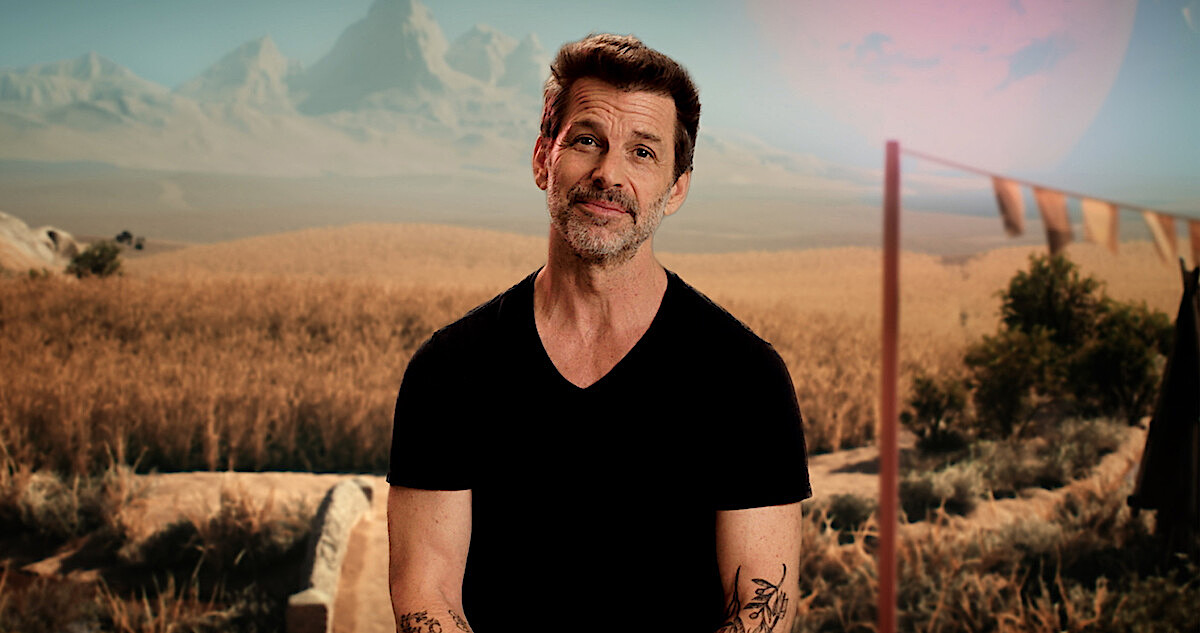
On Friday (April 19), the second half of director Zack Snyder's "Rebel Moon" space opera spectacle takes flight on Netflix, and viewers could be caught off guard at how emotionally resonant and unabashedly unrelenting this climactic installment truly is.
"Rebel Moon — Part Two: The Scargiver" will complete the saga for now, but exhaustive plans have already been launched to build out this sci-fi universe with prequel comics, tie-in novels, animated projects, video games and a companion soundtrack.
After honing his craft in earlier films like "300" and "Watchmen" following gigs in the music video industry, Snyder was unleashed on the DC Extended Universe starting in 2013 in the wake of Christopher Nolan's "The Dark Knight Trilogy," where he elevated his game in superhero fare such as "Man of Steel," "Batman v Superman: Dawn of Justice," and "Justice League." His trademark slow-motion sequences and masterful work behind the camera as his own cinematographer quickly established him as a bold stylist and consummate professional, making fans clamor for his lengthier Snyder Cuts for even greater immersive experiences.
Related: Everything we know about 'Rebel Moon — Part Two: The Scargiver'
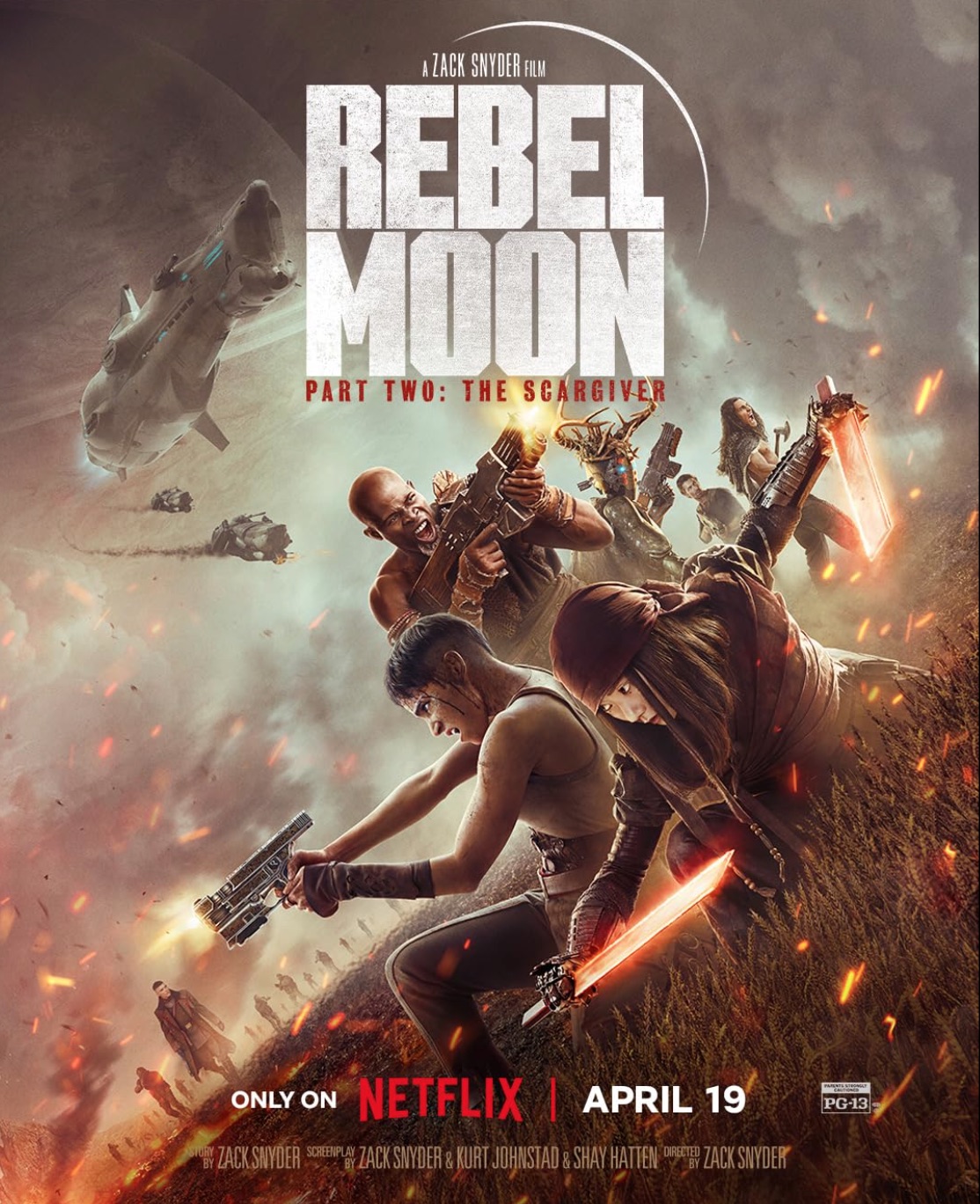
For "The Scargiver," Kora (Sofia Boutella) and her remaining band of freedom fighters return to Veldt to defend their pastoral world from a returning invasion by the resurrected Admiral Noble (Ed Skrein) and his fortified Imperium forces for a battle royale that will become the new high water mark for stunning sci-fi combat.
Space.com chatted with Snyder about the need for an unforgettable payoff in "Part Two," layering his juggernaut set pieces with jaw-dropping visual details, and how he lured Sir Anthony Hopkins into the project to voice the grizzled robot named Jimmy.
Space.com: How vital was it to backload the second half of "Rebel Moon" with an epic flurry of firepower, and when did you know you’d nailed it?
Zack Snyder: I wrote the movie as a single story; it was like a 200-page script that I basically just broke in half. So I knew where the movie was going, and it was really a matter of getting Netflix to allow me to make it as two movies. I was always a little bit worried that the first movie didn’t have a super satisfying ending, but I knew that if you made the investment in "Part One," then all of that would be fulfilled in "Part Two." Everyone's redemptive story would be finished up. That was the biggest challenge for me — patience.
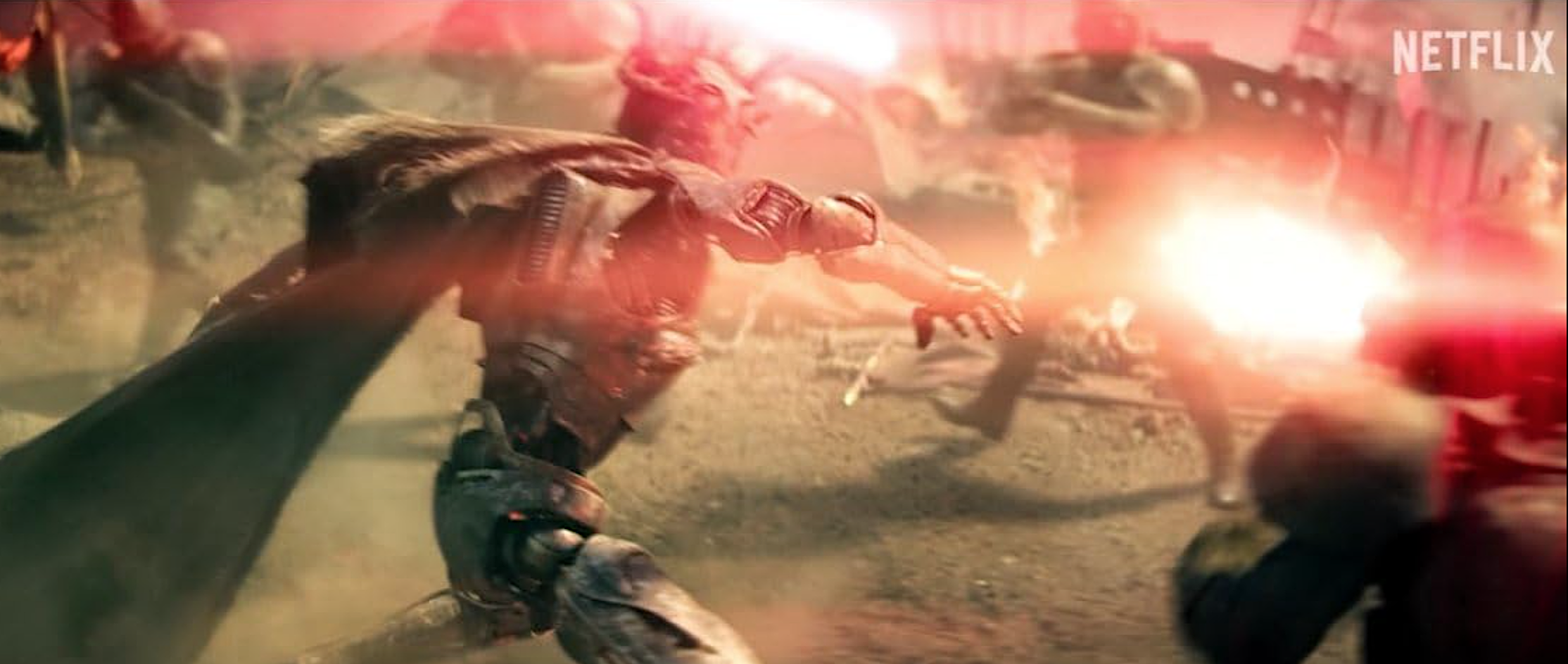
Space.com: What was your pitch to the Oscar-winning Anthony Hopkins, a British knight in real life, to join your cast, and what was his initial response?
Snyder: I talked to Tony on the phone and I said, "Listen, I’ve got this character in the movie that’s in search of his humanity, and he’s like this broken knight that needs to be redeemed and find the reason that he exists." And Tony said, "That sounds amazing." At first he didn’t even know he was a robot. But I think that that part intrigued him. When we first went to record, he was doing a much more metallic robot voice. And I told him that it was okay just to be a man, and once he got that it all made sense for him. He loved the idea that in some ways Jimmy is the most human character in the movie, with the most human problems.
He loved the irony of that and was always laughing and saying, "I'm the robot with the most heart." When you see the Director's Cuts there’s a lot more of Jimmy’s story there, and I think it really fills that out.
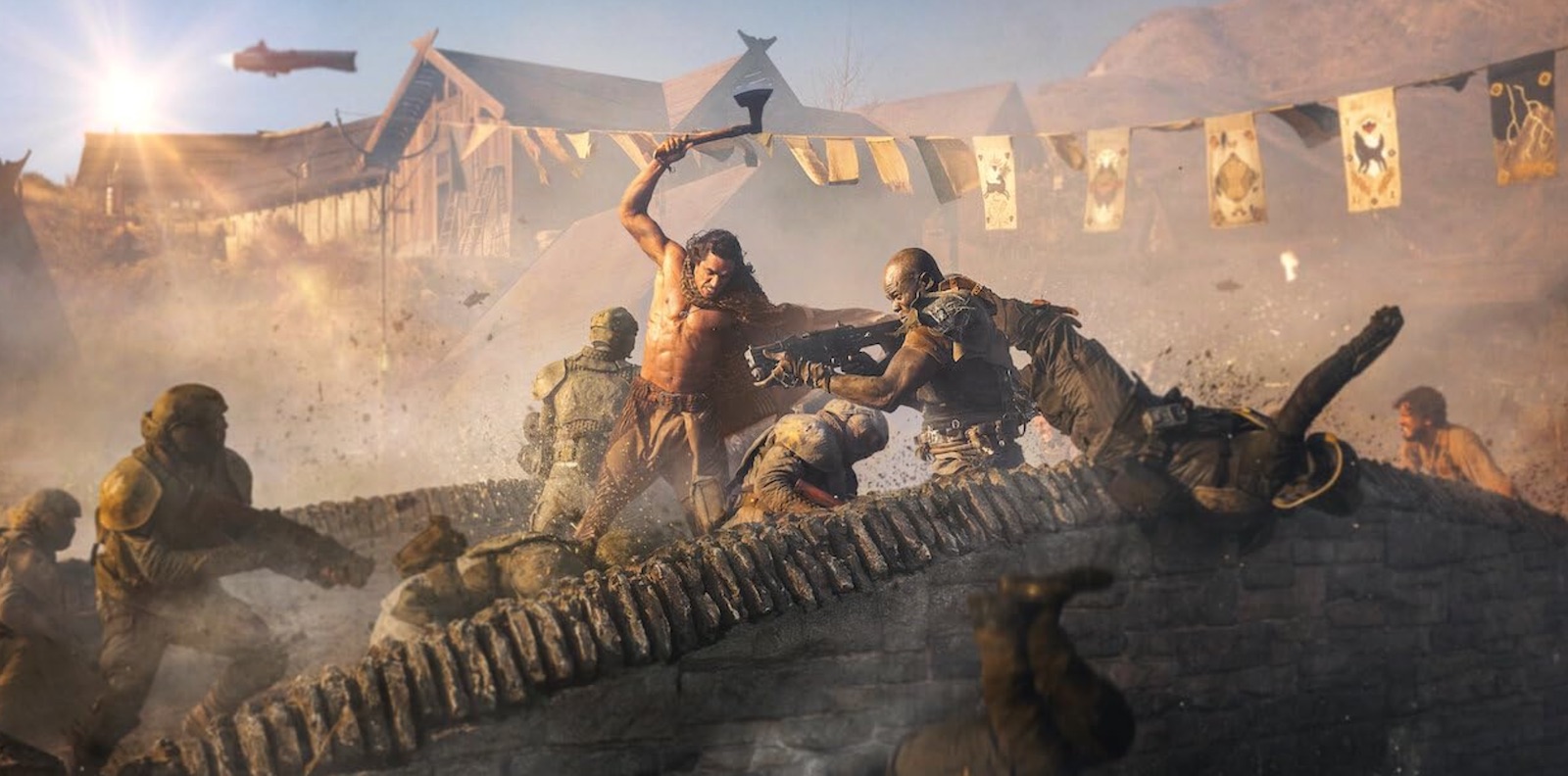
Space.com: As not only the director but also the film’s cinematographer, can you talk about how you frame compositions for color and narrative clarity?
Snyder: Yeah, the oranges. Orange is a color that's not utilized very much in movies. It's a difficult color to wrap your head around as a palette color and to push. Even Veldt is lit mostly at night by Mara, so it's got this orange hue to it all the time. It's the color of sunset, so it's the color of what I consider, not to use a cliche, but "Magic Hour." I wanted to make Veldt worth fighting for and worth defending. I felt that a place bathed constantly in the warmth of a sunset would be like "more home than home." That it was touching the iconography of living in a perpetual sunset was this thing that I thought would connect the viewer to this idyllic place — the idea that Veldt as this ancestral home for all of us.
I was really careful with the colors. When the guns fire, they fire this kind of molten orange slag, and it always ends up being this splash of color at the edges of the frame. Your eye just rockets to it and it’s this incredible compositional device because it's constantly dragging your eye from edge to edge as the frames evolve. It's a rare tool to have in image-making to have this sort of pointer that you can push the viewer's eye around the frame. Normally it's all done with angles and composition and movement. I think it's really satisfying in a lot of ways.
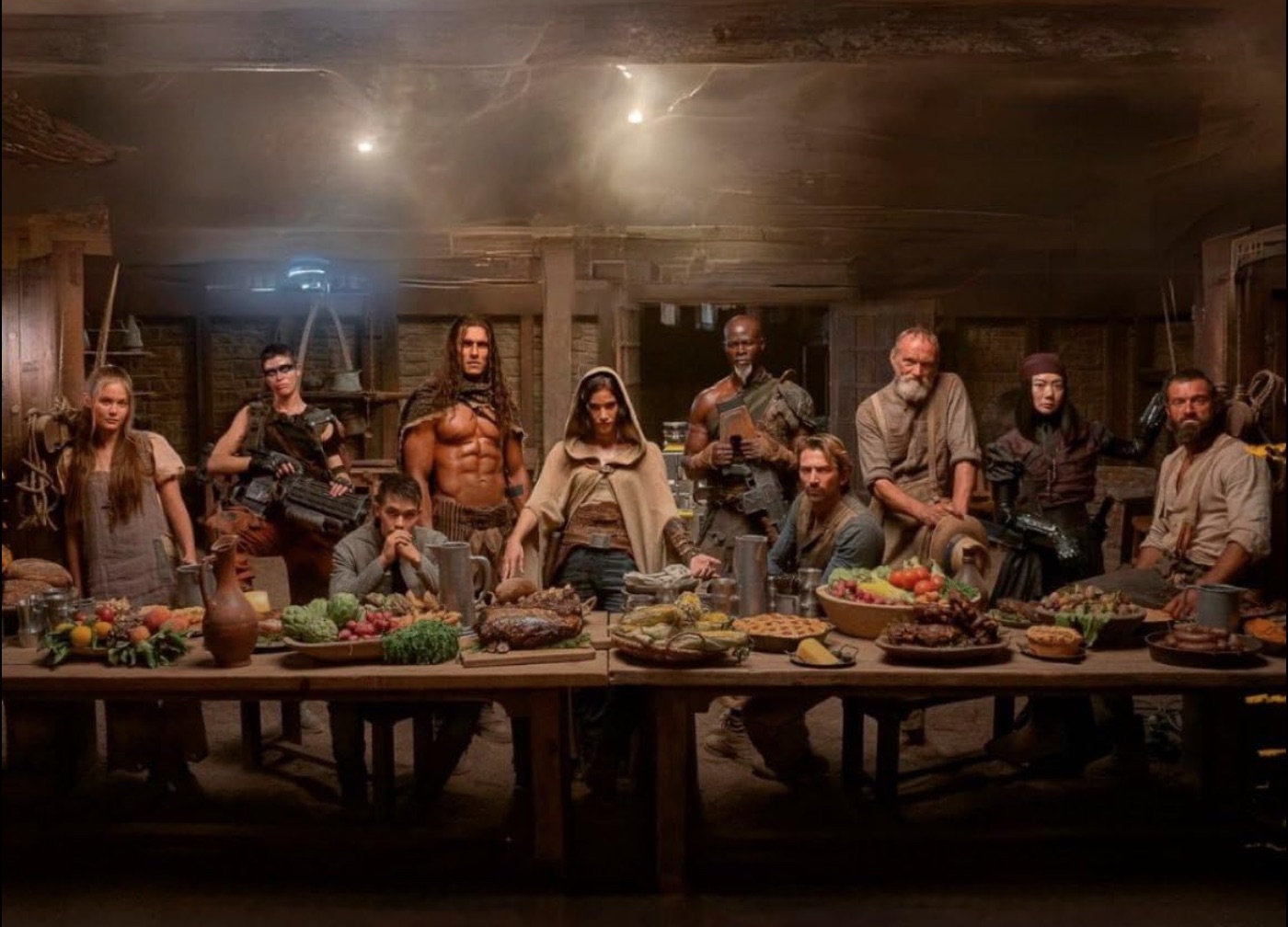
Space.com: Tom Holkenborg's exceptional "Rebel Moon" score is one of his finest to date. How did his music amplify and enhance your filmmaking?
Zack Snyder: Tom's been an amazing collaborator. Even from the beginning of the process, he would write me these suites and send them to me. When we were shooting, I'd just have them in the car and I'd listen to them. I'd weirdly walk into these sequences with music already in my head to inspire, which is a rare thing in the movies because normally the score comes much later. I've known him long enough now where if I call him up and say, "Hey Tom, you've read the script. We're dong the Battle of Veldt. Can you give me some suites to inspire me?"
He'll spend the time to be part of the DNA of the scenes. As opposed to the music being superimposed onto what we see, this is a rare occasion where the music is sort of a virus that got caught up in the filmmaking process, which is a rare and incredible gift that I try and take full advantage of. He's a great friend and a great collaborator.







